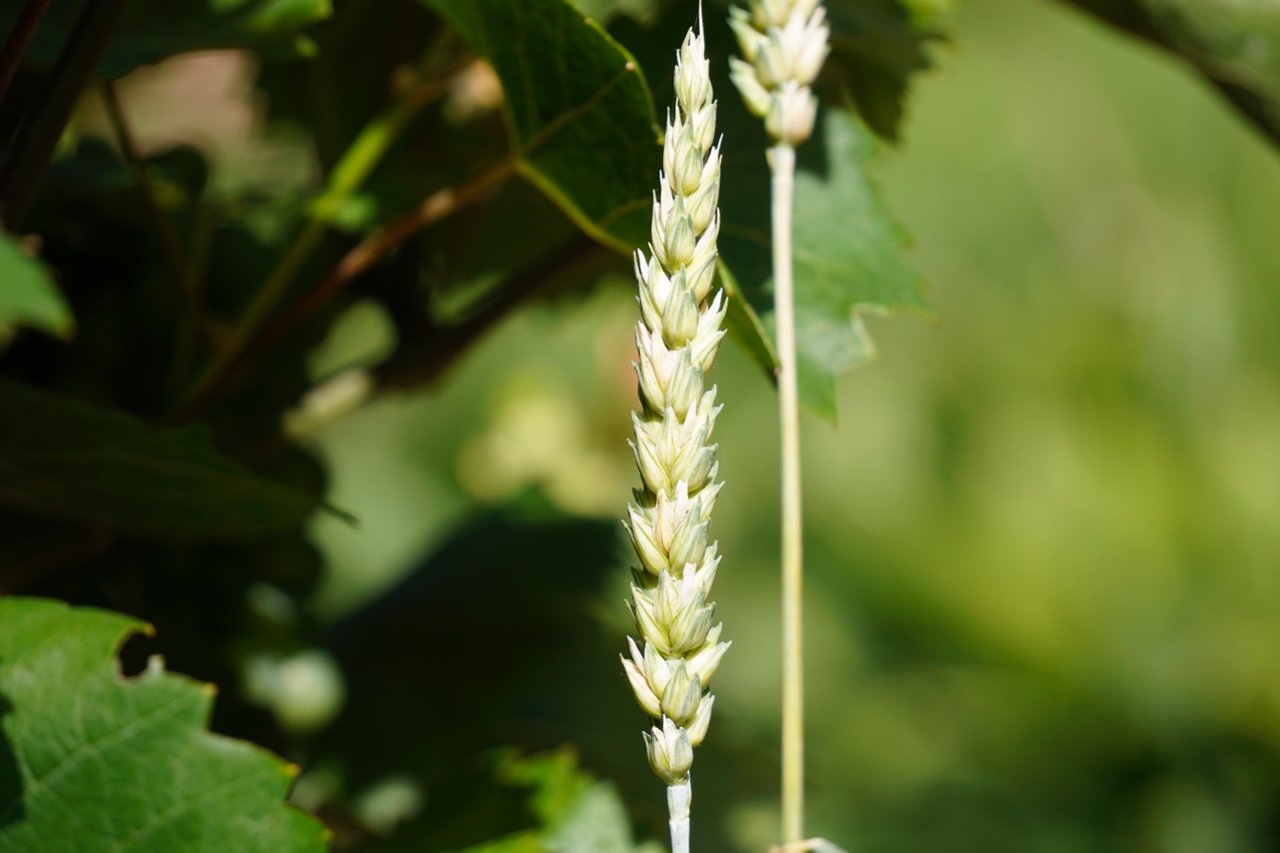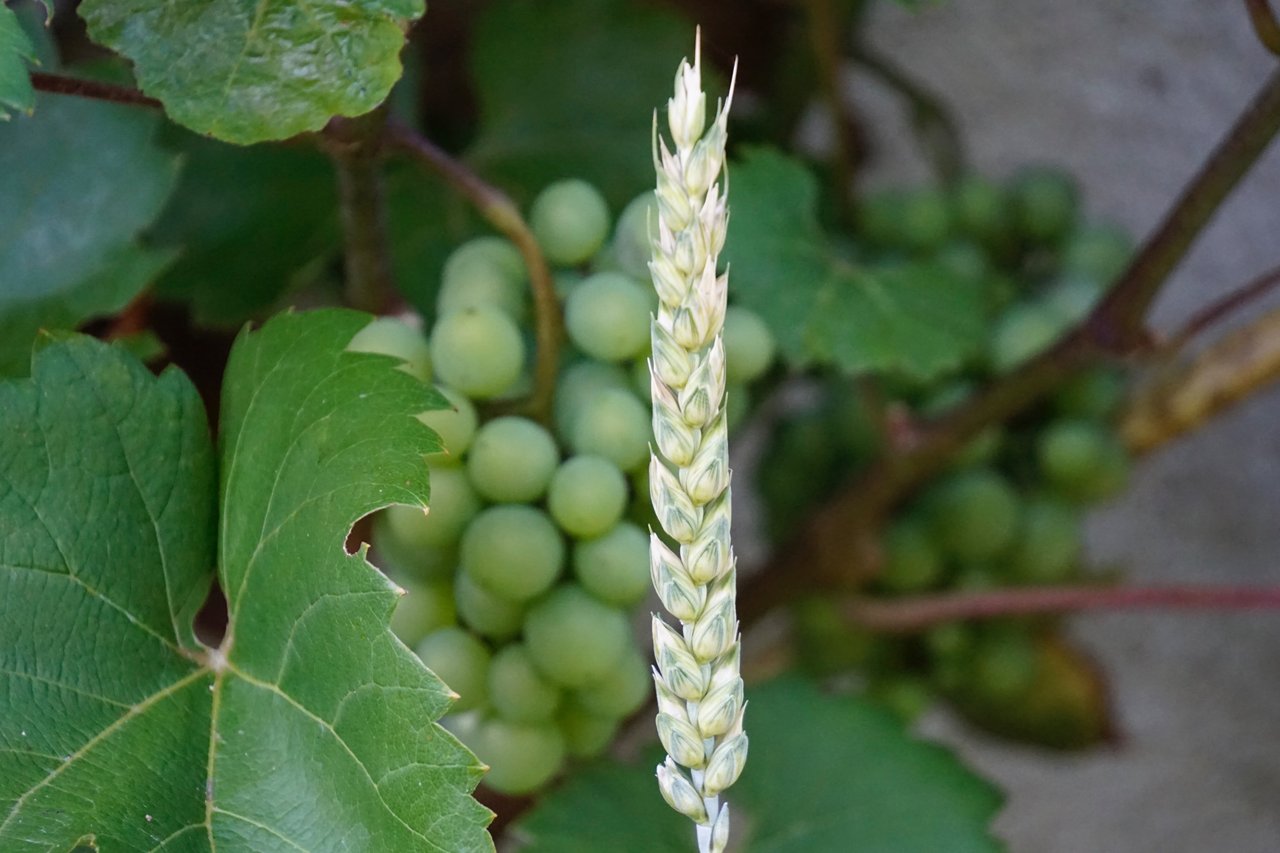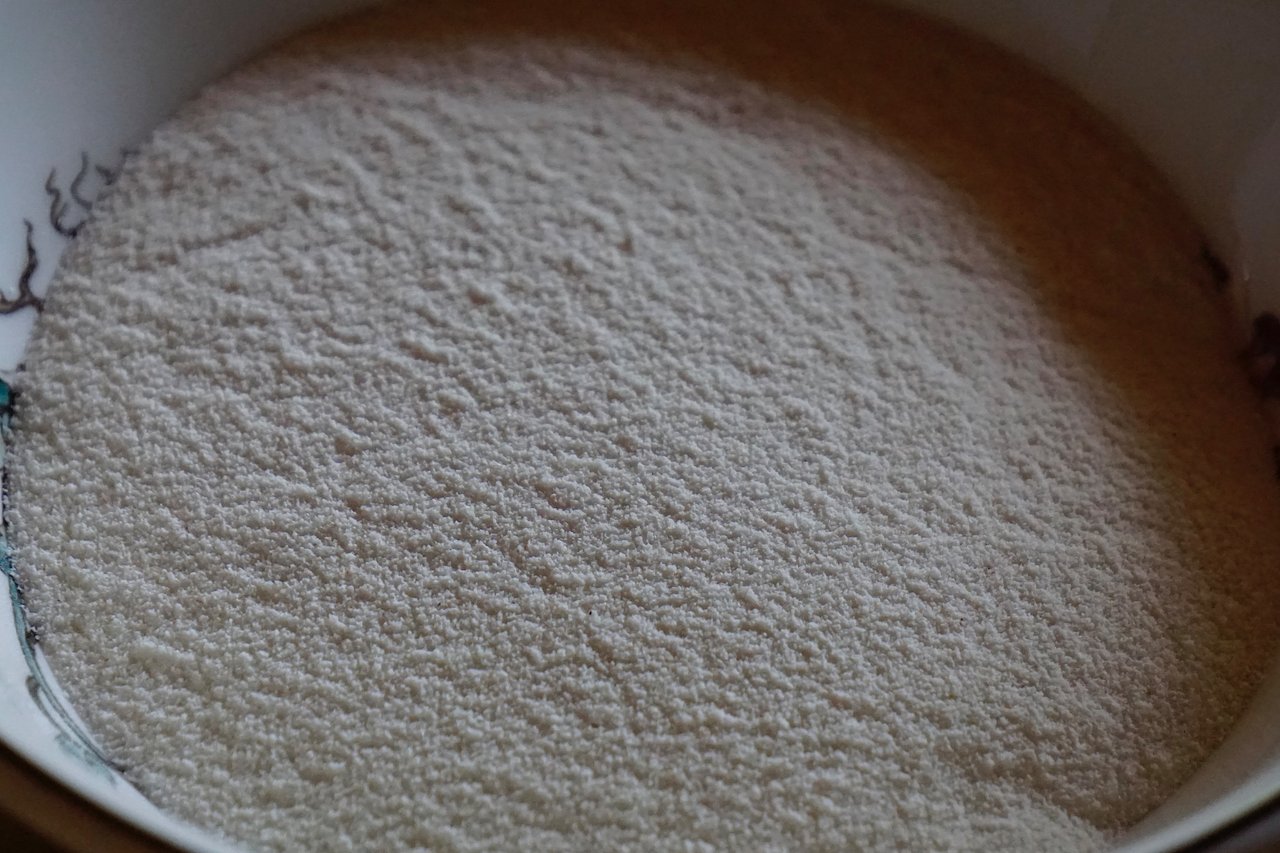Common wheat (Triticum aestivum)
5 comments
Hey dear community, first of all I would like to welcome you all to my new contribution and hope you had a day that brought many positive experiences into your life! In this article, I would like to discuss nature and introduce a plant that also has an important cultural value.
A few days ago I discovered a few individual common wheat plants near me, which are also known under the scientific name Triticum aestivum and it is suspected that it is already thousands of years old and it is a type of grain that was already of great importance for human survival in ancient cultures. It is suspected that it arose from a cross between the two plants emmer and goat grass and the exact traces of origin are no longer so easy to trace, but it is assumed that these are located in Asia and one of the oldest discoveries came from the historic place of Can Hasan which is located in todays Turkey and over centuries, it spread more and more to other Asian countries as well as to Europe and America. A great advantage of common wheat over other species is its resistance to low temperatures and therefore it was already of great importance for cultivation in cooler areas and it is also one of the most important plants when it comes to the history of mills and the production of baked goods and wheat was mainly used for the production of bread. Because of the easy-care nature, large areas were cultivated with it and after the harvest, the common wheat was first dried so that the seeds could be better separated and the plant easier processed and then it was brought to the mills and crushed into fine flour, which could then be processed well or sold. Before there were mills that were operated with the help of water or wind, the common wheat was traditionally crushed between two stones or in a mortar mill and even today it is one of the most cultivated types of grain, but of course the processing process has changed. Wheat can also be found in the mythology of different cultures and in Roman mythology it was associated with the goddess of agriculture Ceres which is also known as the equivalent of Demeter from Greek mythology and also in other cultures, there are own gods which were associated with it as in ancient Egypt where the goddess of fertility Isis was often associated with the cultivation of wheat and also in other cultures, people will find different deities or customs which were associated with wheat.
Thanks for stopping by and I hope you could learn something new about this important topic! I captured these pictures with my Camera Sony Alpha 6000 plus 55-210 mm lens.







Comments